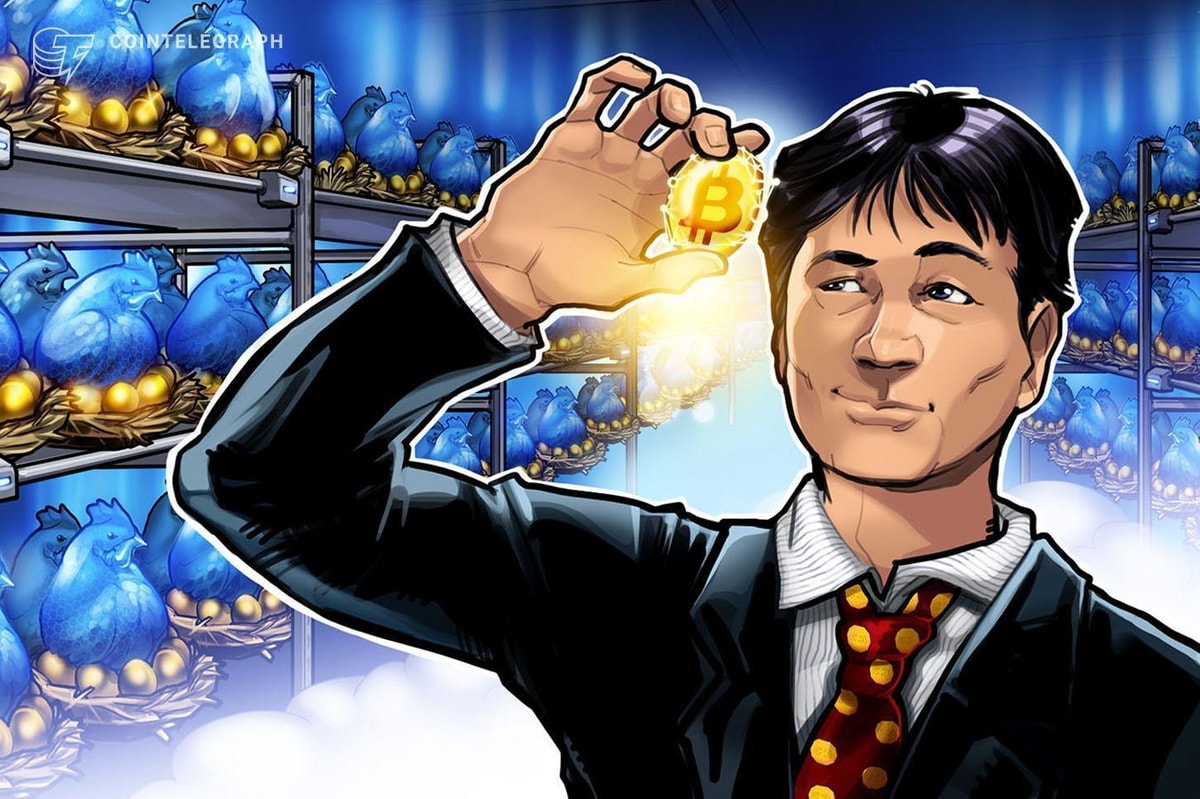Consumers more upbeat about their finances in 2023, New York Fed finds
2 min read
Consumers are a bit more optimistic about their financial situation in the coming year despite persistent worries about the economic outlook, according to a survey from the Federal Reserve Bank of New York.
Roughly 30% of households surveyed in December said they expect to be somewhat worse off or much worse off next year, which was down 4 percentage points from November’s survey. The figure has improved significantly from last summer, when inflation was rising at a faster pace and the share of households expecting worsening prospects reached nearly 45%.
The national survey of 1,300 household heads, released on Monday, found that about 45% of respondents expect to be in a similar financial situation next year. Households anticipating better prospects rose slightly to 26%.
The survey’s results are a positive sign for banks as the industry starts reporting earnings for the fourth quarter of 2022. JPMorgan Chase, Wells Fargo, Bank of America and Citigroup are set to kick off the quarterly earnings season on Friday, and any hint of consumers struggling more to pay off their loans could trigger alarms.
While investors have been worrying about a looming recession, U.S. consumers and the overall economy have “proved more resilient than expected” and should continue pushing through, according to Stephen Stanley, chief economist at Amherst Pierpont Securities.
“I expect consumer and business spending to continue to advance in early 2023, sustaining growth that is tepid but easily out of the recession danger zone,” Stanley wrote last month in a note to clients.
Lower-income households may experience more stress this year, particularly if a recession does hit or if inflation continues to impact their wallets, Stanley noted. But U.S. households are “still sitting on a massive reservoir of spending power,” with most consumers maintaining larger cushions thanks to stimulus funds and elevated savings during the pandemic, he wrote.
Stanley’s outlook mirrors recent comments from bank CEOs, who have said that lower-income customers are feeling more pressure but that the overall credit environment remains healthy.
Late payments on consumer loans are gradually returning to more normal levels, but there’s “nothing in there that would suggest” that the deterioration is happening quickly, Wells Fargo CEO Charlie Scharf said at a conference last month.
“What we see is still extremely strong credit performance on the consumer side with an expected level of normalization,” Scharf said.
The New York Fed survey indicated that consumers have become a bit more worried about the job market this year. On average, they saw a 12.6% possibility that they could lose their job in the next year, the highest figure since November 2021. They also expressed slightly less confidence about whether they’d be able to find another job, and said that they expect their spending to grow at a significantly lower pace.
But households’ median expectation of income growth hit a new high of 4.6%, up by 0.1 percentage point. On average, households saw an 11.4% possibility that they may miss a minimum loan payment in the next three months, down from 11.8% in November.







